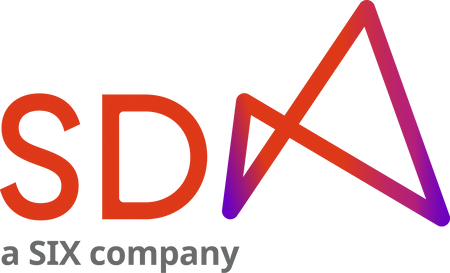The last five years we have seen dramatic increase in the adoption of digital assets, the most prominent example being cryptocurrencies. Currently more than 300 million people around the world use / own cryptocurrencies and take up from institutional investors is rising. According to a recent study by Fidelity Digital Assets, over half (52%) of investors globally have exposure to digital assets, while 9 in 10 said they found digital assets to be attractive. Institutional and retail participation in the cryptocurrency market will only accelerate despite the recent market turmoil.
Despite the evolution of its underlying market infrastructure, cryptocurrencies remain a volatile asset and are currently experiencing a downturn. The current ‘crypto winter’ has been exposing structural problems the industry still needs to address and solve. Problems boil down to lack of institutional grade infrastructure, standard practices and often a lack of regulatory oversight leading to KYC and fraud issues as well as companies going belly-up. Self-governance will likely not be enough to make cryptocurrencies less volatile and investors more confident. Regulators and high-ranking officials – such as Janet Yellen, US Secretary of the Treasury, and Christine Lagarde, president of the European Central Bank (ECB) – are calling for regulation of cryptocurrencies.
Cryptocurrencies cannot be taken standalone though; they are a part of a much bigger market segment – digital assets. While the rise of the internet, and technology in general, has changed many industries completely, the financial industry has so far only experienced modifications to existing, old structures. Digital assets include a wide range of assets including cryptocurrencies, CBDCs (Central Bank Digital Currency), other synthetic CBDCs and digital securities which are native and tokenised. As an example, private equity has the potential to benefit greatly from tokenization as companies can acquire funding more easily and efficiently, as well as accessing new services in the Web3 economy. With tokenization investors could also gain easier access to other non-traditional industries such as vintage cars, wine, art and real estate.
How can we accelerate the spread and adoption of digital assets? We at SDX believe we need a new financial ecosystem. The powerful roots of current financial market infrastructures (FMI), the systemically important exchanges, clearing houses, central securities depositories (CSD), and payment systems that support the world’s monetary and financial markets, were embedded back in the 1960s and ‘70s. FMIs were built, for very understandable reasons including different regulatory regimes, in a manner that resulted in several silos to develop. The new 21st century Digital Market Infrastructure (DMI) is designed to break down those silos and create value at the intersection of previously walled gardens. At its core DMI is all about breaking down silos and decentralising workflows.
We now have a materially evolved and richer set of analytical and executional tools to work with than back in the 1970s. Globalisation has changed the way financial institutions can service their clients and how they trade assets. Regulatory regimes have significantly evolved and the technology innovations and choices we have are totally different and significantly enhanced compared to those 50 years ago. From the internet and cloud computing to machine learning and artificial intelligence, to distributed ledger technology and native digital assets. Soon quantum and cognitive computing will be pervasive.
The financial industry is going through a seismic transformation right in front of our eyes. These are incredibly interesting times and we at SDX are right at the forefront, working alongside many others to shape, not predict, the future. We strongly believe that digital assets, including cryptocurrencies, are here to stay. In 2022 we launched the first ever native digital bond, fully tradeable, dual-listed with SIX Swiss Exchange, and we had the first ever regulated digital private equity issued on our CSD and we believe in public chains, as seen in the launch of our new business Web3.

